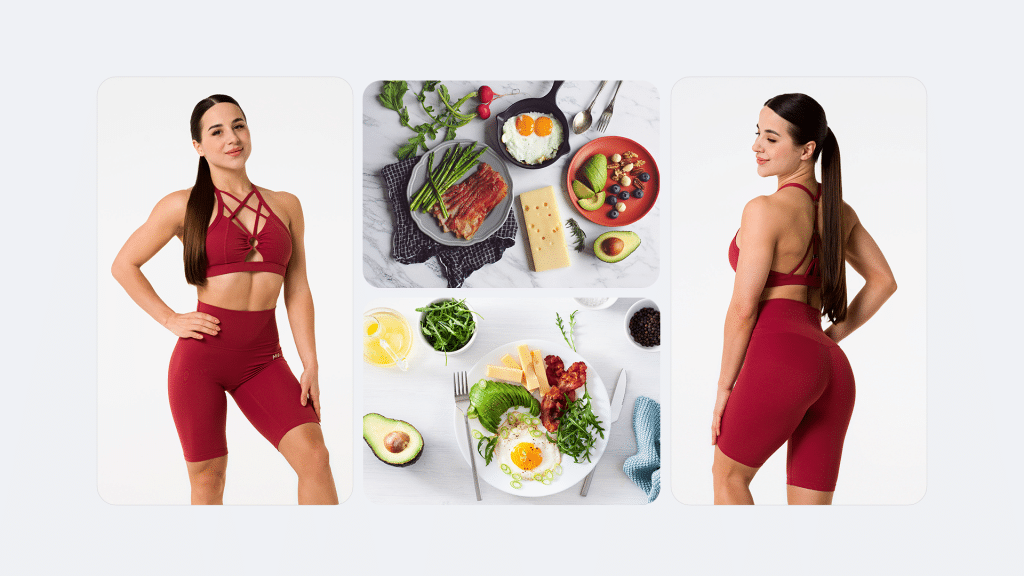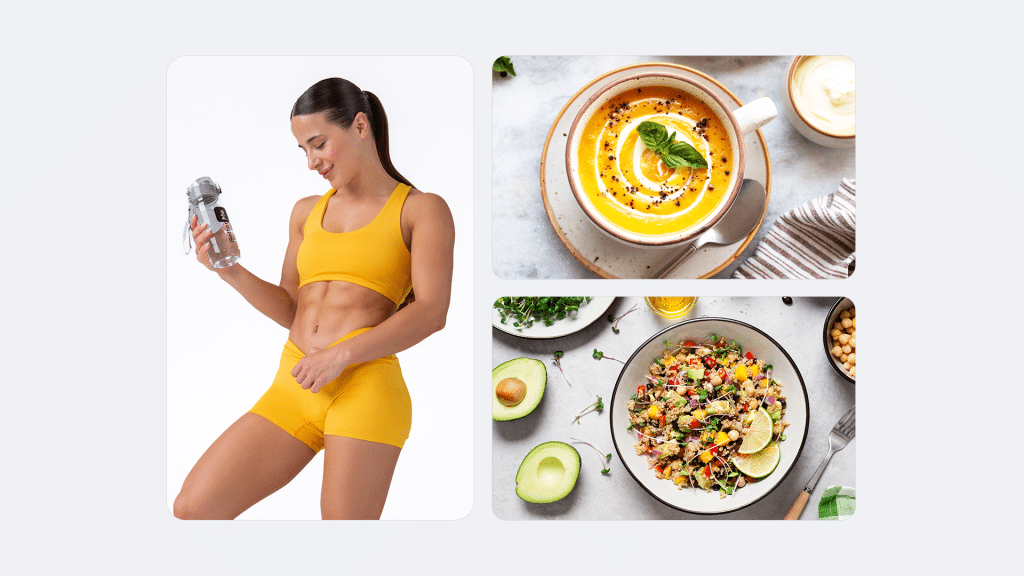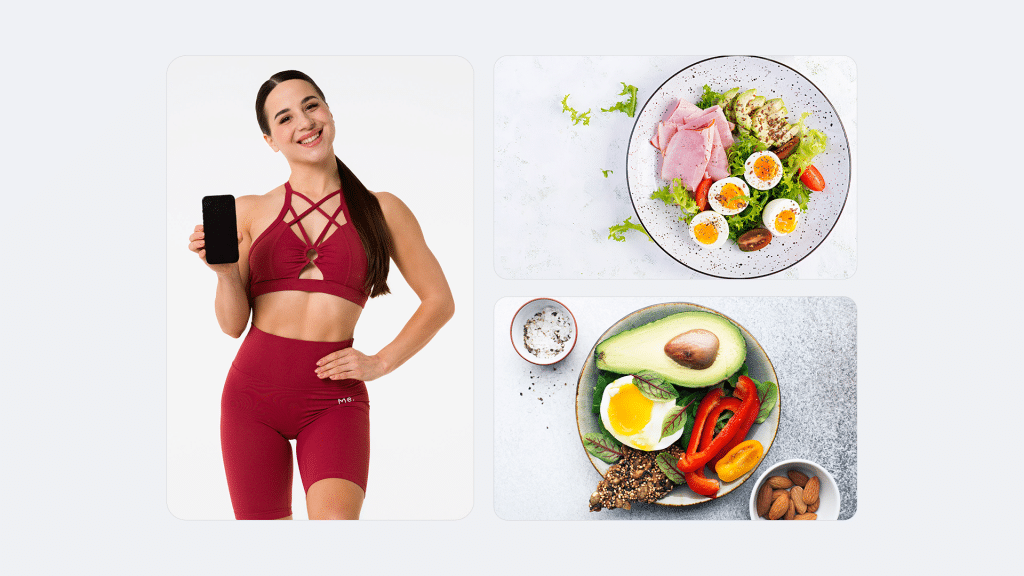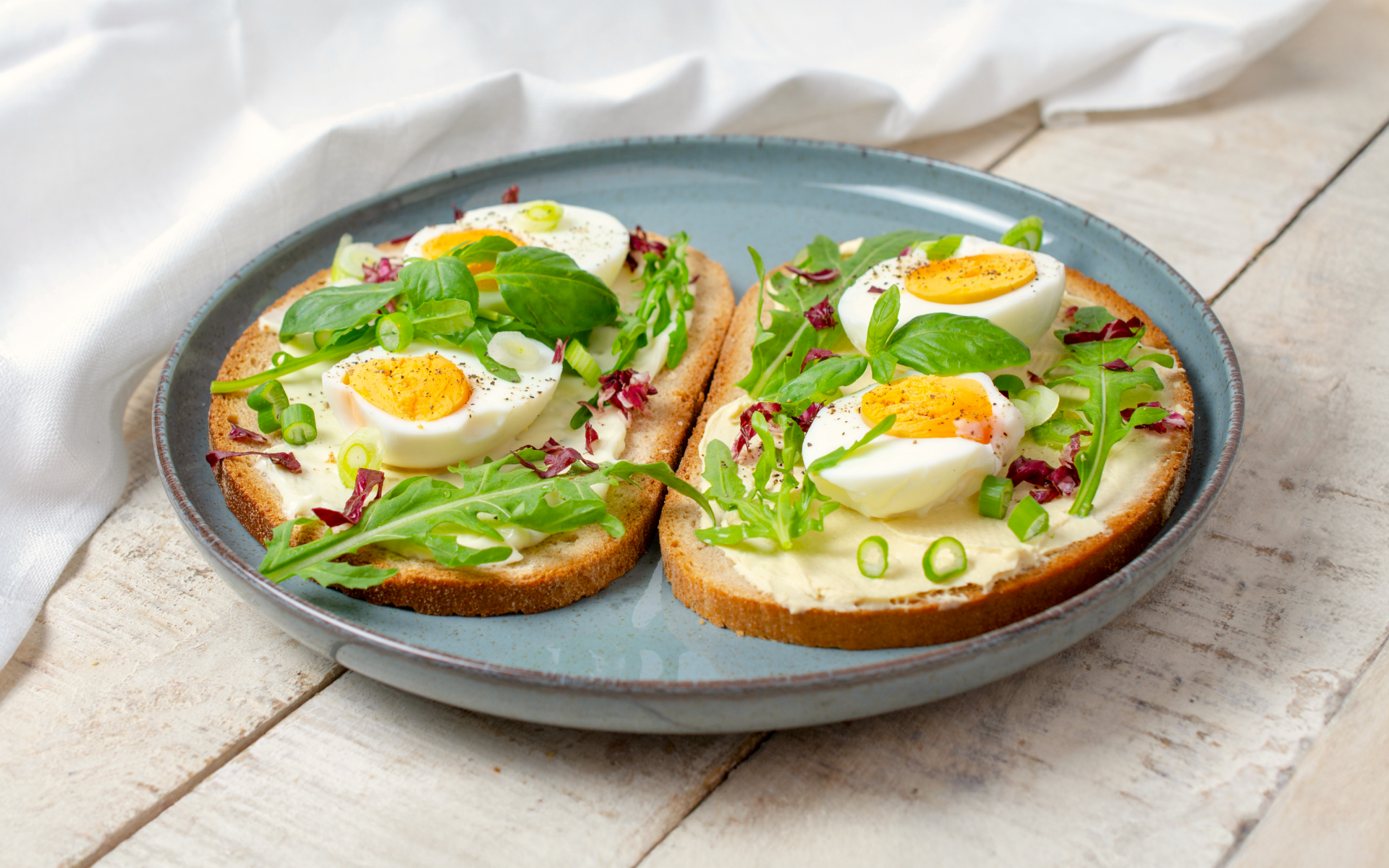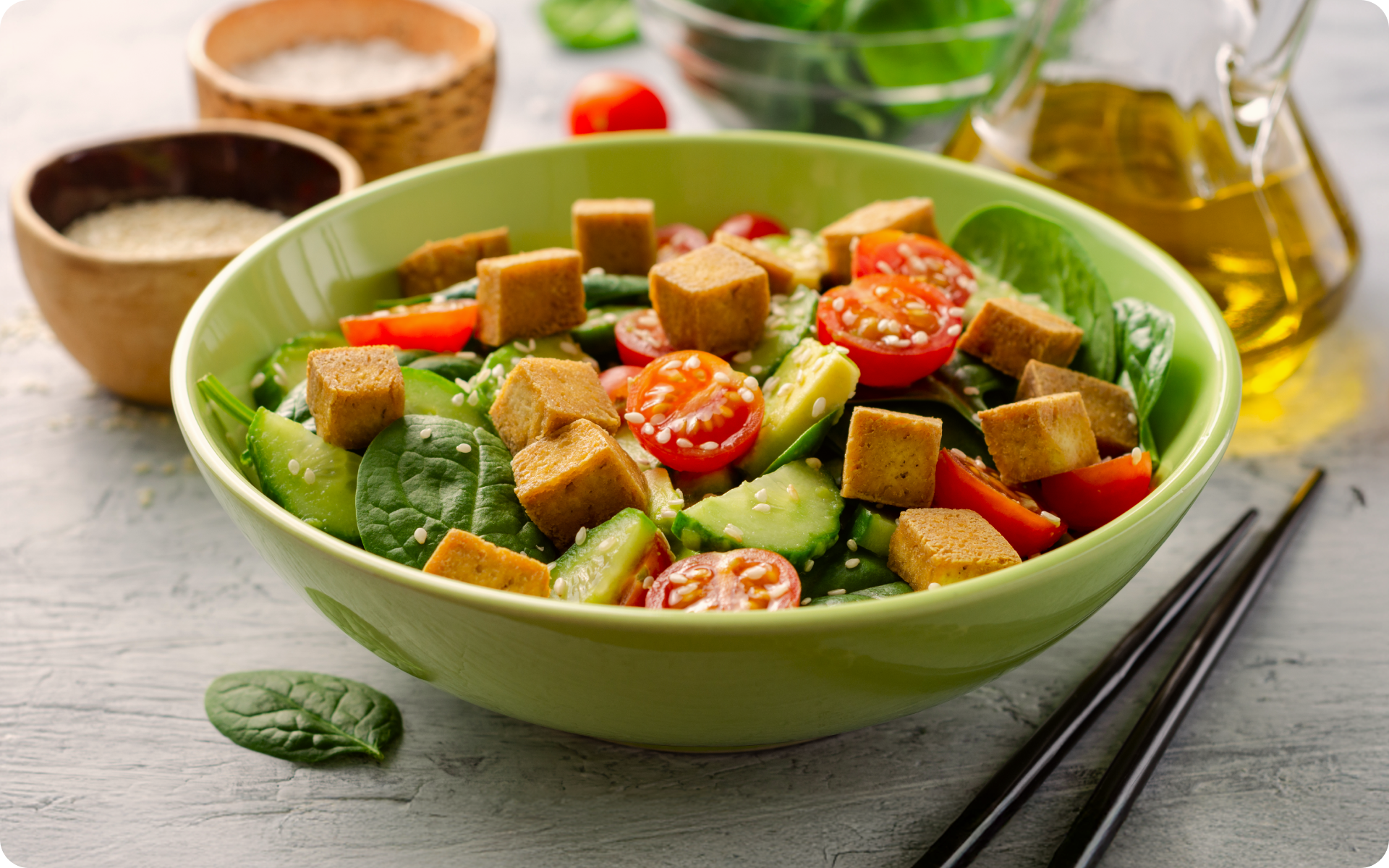People have practiced fasting for centuries. Almost every society and culture globally has it in its systems (1).
If not voluntarily, our ancestors endured long hunger phases due to droughts, plagues, and famines. These experiences make one clear: human bodies can survive periods without nourishment.
Fortunately, access to food has made it more challenging to stay away from food for extended periods. This convenience has resulted in problems like overeating and constant munching. Humans may need to self-impose food scarcity or practice moderation to avoid health issues (2).
People often wonder why intermittent fasting has suddenly become a raging trend and “What are the 5 stages of fasting?”
The fact that experts and fitness gurus adopted and endorsed intermittent fasting reflects that there is a fascinating science behind it.
This article explores the 5 intermittent fasting stages to enlighten you and help you adopt a suitable approach.
Let’s begin!
What Are the Main Intermittent Fasting Stages?
When practicing fasting, your body navigates through the fed-fast cycle. Changes in metabolism and hormone levels characterize this process. This cycle isn’t only responsible for metabolic changes during intermittent fasting. It also has health benefits (3) (4).
The 5 main intermittent fasting stages by day are:
The Fed Stage (0-6 hours)
The fed state occurs when you start eating and ends when your body digests and absorbs nutrients from the food.
The blood sugar levels increase in this phase, and your body secretes insulin. Note that insulin is a hormone that transports sugar from the bloodstream into cells (5).
The amount of insulin released depends on meal composition, carbs consumed, and the body’s sensitivity to insulin.
Your body stores excess glucose (sugar) in the liver and muscles as glycogen, the body’s primary way of keeping carbohydrates (energy) for later use.
When tired, your body breaks down Glycogen and turns it back into glucose to provide energy (6).
At the same time, the levels of certain hormones, like leptin and ghrelin, also change. Ghrelin, a hormone that triggers hunger, decreases after eating, while leptin, which helps suppress appetite, rises after a meal (7) (8).
The fed-fast cycle resets to the fed state when you consume food. Also, remember that your meal’s portion size and composition can affect how long your body stays “fed.”
Post Absorbtive Stage (Metabolic Transition)
The post-absorptive phase begins 4-6 hours after eating and digesting your food. This stage involves your body switching from burning the calories you consume to burning stored energy.
- Blood glucose levels and insulin decrease
- Glucagon increases (the hormone that tells your body to break down glycogen, turning it back into glucose (9)).
- The liver breaks down glycogen (a form of glucose that your body stores until it needs the energy) and turns it into glucose (10).
- This stage lasts 6-24 hours.
The Early Fasting Stage (Fat Burning)
Your body goes into an early fasting state around 18 hours after eating.
This process lasts until about 36 hours from your last meal. The blood sugar and insulin levels decline during this stage. As a result, the body converts glycogen into glucose for energy (5).
As this phase ends, your body begins to run low on glycogen stored in the liver and looks for a different energy source.
This search for energy increases lipolysis, where fat cells break down triglycerides into smaller molecules for fuel (11). Additionally, the body turns amino acids, which make up proteins, into energy.
Typical forms of intermittent fasting, like the 16/8 method, juggle between the fed and early fasting stages.
If you wish to free yourself from all the extra pounds that have been weighing you down for way too long, start using the BetterMe: Health Coaching app and overhaul your entire life!
The Fasting Stage (Ketosis)
This stage lasts from 24 hours to 2 days.
You have used up most of the glycogen stores in the liver, and the body starts breaking down more fats and proteins for energy. The fasting stage initiates the production of ketones, a compound produced when the body converts fat into fuel (12).
It also causes the body to move into ketosis. It is a metabolic state when the body uses fat as a primary energy source (13).
The shift into ketosis doesn’t usually occur when you start fasting but tends to happen after fasting for extended periods (14). How quickly you enter ketosis depends on factors like the size and makeup of your regular diet and your last meal, as well as individual differences in metabolism.
Read more: Time Restricted Eating vs Intermittent Fasting: Are They The Same?
The Long-Term Fasting Stage (Starvation State)
During prolonged fasting, your body enters the long-term fasting phase, usually around 48 hours after your last meal. Some refer to this phase as the “starvation state.”
In this state, insulin levels keep dropping while beta-hydroxybutyrate (BHB), a type of ketone, gradually increases (15).
At the same time, the liver and kidneys continue producing glucose through a process called gluconeogenesis, which becomes the brain’s primary energy source. Ketones also provide energy to the brain at this stage (16).
To help preserve muscle tissue, the breakdown of branched-chain amino acids (BCAAs), which are three essential amino acids, slows down.
Once you have understood the intermittent fasting stages, evaluate if it can work in your favor.
Prolonged starvation may lead to many problems. Talking to a registered dietitian can be the first step towards a fitter lifestyle. They can help create a diet plan to bring you closer to your objectives!
To give a visual example of 24 hour fasting stages and extended fasting periods, look at these intermittent fasting stages charts with detailed images explaining the process and how it affects your body by clicking here (17).
What Stage of Fasting Burns the Most Fat?
The long-term fasting stage burns the most fat, occurring 24 to 48 hours after your last meal.
Fasting for this duration depletes your body’s glycogen stores in the liver, and as a result, the body shifts to burning more fat for energy.
This process is called lipolysis. In this phase, fat cells break down triglycerides into fatty acids. These are used as fuel to produce ketones that provide energy to the brain and other organs.
What Is Stage 3 Intermittent Fasting?
We have discussed the primary fasting stages in the section above. To recap, they are:
- The Fed Stage (0-6 hours)
- Post Absorbtive Stage (Metabolic Transition)
- The Early Fasting Stage (Fat Burning)
- The Fasting Stage (Ketosis)
- The Long-Term Fasting Stage (Starvation State)
In the third stage, approximately 18 hours after your last meal, blood sugar and insulin decrease, and the body turns to glycogen, fat cells, and amino acids for energy.
What Is the Best Intermittent Fasting Window to Lose Belly Fat?
To lose belly fat, you need to lose body fat in general.
Any form of intermittent fasting can help you do that, so long as you eat fewer calories than you burn over time.
For your guidance, know that there are 2 primary belly fat types:
Visceral Belly Fat
This type of fat is hidden deep within the belly. Visceral fat can be hard to spot.
While you might not have a bulging belly, a larger waistline could be a sign.
Unlike other types of fat, visceral fat poses serious health risks as it has metabolic effects and increases the risk of chronic diseases.
Subcutaneous Belly Fat
Subcutaneous fat is the pinchable fat found under the skin. It does not pose the same health risks as visceral belly fat, but it may be more visibly noticeable.
According to Dr Larance from the Charles Perkins Centre and School of Life and Environmental Sciences at the University of Sydney, visceral and subcutaneous fat undergo drastic changes during intermittent fasting timelines (18) (19) (20).
His research in mice suggested that visceral fat becomes resistant to weight loss by triggering a preservation pathway in response to repeated bouts of fasting. While this is an intriguing observation, research in humans is needed to draw further conclusions.
If you want to lose body fat, including belly fat, through intermittent fasting, you should choose any method that will help you eat less overall and fit into your lifestyle so you can stick with it.
The best intermittent fasting for women and men includes these methods:
- 14/10 Method: Confine eating to a 10-hour window each day while fasting for the other 14 hours. This time-restricted eating pattern can help regulate calorie intake and promote weight loss.
- 16/2 Method: Fast for 16 hours daily, with an 8-hour window for eating. For instance, stop eating at 8:00 pm and fast until noon the following day, then eat between 12:00 pm and 8:00 pm.
- 5:2 Method: Eat your usual meals 5 days a week and significantly reduce calories on 2 non-consecutive fasting days, creating a calorie deficit and promoting fat loss.
- Alternate Day Method: This intermittent fasting method alternates between fasting and regular eating days. On fasting days, you restrict your calorie intake to 500-600 calories, while on regular eating days, you maintain your regular diet.
One of the main reasons why most people adopt intermittent fasting is because they want to lose weight. It isn’t a targeted fat loss method that allows you to lose weight from specific body parts, but it can help you lose fat from your overall body.
When wondering about the cons of intermittent fasting, some may ask, “Can intermittent fasting cause weight gain?”
Whether you gain, lose, or maintain your weight while intermittent fasting depends on various factors, including:
- What you eat during your eating windows
- How long you stick with the fasting plan
- How active you are
- Your metabolism
Which Meal Is Best to Skip for Intermittent Fasting?
People who follow the stages of intermittent fasting 16/8 usually either skip their breakfast or dinner.
Some people prefer breakfast and a late lunch, then skip dinner. If someone chooses to skip breakfast, they can have an early lunch when the fasting window ends.
One study found that skipping meals, especially dinner, reduced total energy intake, but there was a reduction in diet quality, especially when skipping breakfast (21).
Skipping dinner can be more challenging due to our cultural habit of eating larger meals in the evening. Nonetheless, this also makes it more impactful for weight loss since dinner typically contains more calories than breakfast.
By successfully skipping dinner, you cut out a significant amount of energy intake and potentially reap the benefits of intermittent fasting by extending your overnight fast.
Start with whatever will be easiest for you and fits into your lifestyle.
Always consult your healthcare provider before starting any fasting, especially if you have any health conditions or take any medications. These might be considerations when determining your fasting schedule.
Read more: Intermittent Fasting and Bodybuilding: Can You Do Both for Muscle Gain?
Which Part of Body Loses Fat First During Intermittent Fasting?
The fat burned during intermittent fasting varies according to individual factors. Still, research suggests that men and women might experience weight loss in different areas more noticeably at first.
Men tend to lose intermittent fasting belly fat, while women might see more reduction in hip fat. The location of fat loss is most likely related to where the individual tends to store more of their fat.
Reasons why BetterMe is a safe bet: a wide range of calorie-blasting workouts, finger-licking recipes, 24/7 support, challenges that’ll keep you on your best game, and that just scratches the surface! Start using our app and watch the magic happen.
Why Am I Not Losing Weight on 16:8 Fasting?
There could be several reasons why you are not losing weight despite following the 16:8 intermittent fasting plan. Some mistakes that you might be making include:
- You aren’t having healthy and balanced meals during the eating window
- You haven’t followed the plan long enough
- You’re missing healthy lifestyle factors
- You are not in a calorie deficit
- You don’t exercise enough
- You are missing out on protein
If you make these mistakes, you may not lose weight despite following extreme fasting methods. Getting online assistance from experts or talking to your physician can help you create a well-rounded plan.
Plain, unsweetened black coffee definitely won’t break your fast. Coffee with additions like butter, coconut oil, or MCT oil probably won’t disrupt your metabolic state during fasting. Still, if you’re fasting for religious or other reasons, this may be against the rules. However, ingredients like milk, flavored creamers, sugar, or other sweeteners will likely disrupt your fasting state, regardless of your goals. Think about the calories within the added ingredients. Metabolically, it’s difficult to say. 15 calories is minimal, and depending on what macronutrients provide those calories, it may or may not significantly disrupt your metabolic fasting state (22). While both 12-hour and 16-hour fasting can contribute to weight loss, 16-hour fasting might be more effective due to the potential for a more significant decrease in total calories consumed. While intermittent fasting can be beneficial, extending fasting periods beyond 16 hours may not provide additional benefits and could even be detrimental. Prolonged fasting, such as 24, 36, 48, or 72-hour fasts, can trigger the body’s starvation response, result in dehydration and electrolyte imbalances, and lead to nutritional deficiencies if practiced often. Talk to your healthcare provider for individualized guidance.Frequently Asked Questions
Does 3 in 1 coffee break intermittent fasting?
Will 15 calories break a fast?
Is 12 hour fasting as effective as 16?
Is it better to fast 48 or 72 hours?
Summary
The human body goes through multiple stages during intermittent fasting.
Each phase relates to the body’s energy sources, metabolism, and specific hormone levels. Remember that fasting always has medical impacts, so you should follow the practice with ultimate care and ask for help when needed. Other factors like sleep and stress can also affect your weight loss and fitness when doing intermittent fasting – manage them well.
Focus on positive lifestyle changes and do what works best for you!
DISCLAIMER:
This article is intended for general informational purposes only and does not serve to address individual circumstances. It is not a substitute for professional advice or help and should not be relied on for making any kind of decision-making. Any action taken as a direct or indirect result of the information in this article is entirely at your own risk and is your sole responsibility.
BetterMe, its content staff, and its medical advisors accept no responsibility for inaccuracies, errors, misstatements, inconsistencies, or omissions and specifically disclaim any liability, loss or risk, personal, professional or otherwise, which may be incurred as a consequence, directly or indirectly, of the use and/or application of any content.
You should always seek the advice of your physician or other qualified health provider with any questions you may have regarding a medical condition or your specific situation. Never disregard professional medical advice or delay seeking it because of BetterMe content. If you suspect or think you may have a medical emergency, call your doctor.
SOURCES:
- Fasting (2018, Encyclopedia.com).
- The Effect of Fasting on Human Metabolism and Psychological Health (2022, ncbi.nlm.nih.gov)
- Intermittent Fasting and Metabolic Health (2022, ncbi.nlm.nih.gov)
- The Stages Of Intermittent Fasting, Explained (2023, betterme.world)
- Intermittent Fasting: Is the Wait Worth the Weight? (2018, ncbi.nlm.nih.gov)
- Glycogenolysis (2013, sciencedirect.com)
- Ghrelin – Physiological Functions and Regulation (2015, ncbi.nlm.nih.gov)
- Leptin response to carbohydrate or fat meal and association with subsequent satiety and energy intake (2013, journals.physiology.org)
- Glycogen, glucose, and glucagon: Their roles in your blood, sugar, and energy (2024, zoe.com)
- Stages of Fasting – What Happens When You Fast? (2020, 7sigmaphysiques.com)
- Biochemistry, Lipolysis (2023, ncbi.nlm.nih.gov)
- The Chemistry of the Ketogenic Diet: Updates and Opportunities in Organic Synthesis (2021, mdpi.com)
- Nutritional Ketosis for Weight Management and Reversal of Metabolic Syndrome (2018, ncbi.nlm.nih.gov)
- Resting energy expenditure in short-term starvation is increased as a result of an increase in serum norepinephrine (2000, pubmed.ncbi.nlm.nih.gov)
- β-Hydroxybutyrate (2017, ncbi.nlm.nih.gov)
- Sugar for the brain: the role of glucose in physiological and pathological brain function (2013, ncbi.nlm.nih.gov)
- Fasting Benefits by Hour: Detailed Fasting Timeline (2023, doctorkiltz.com)
- Charles Perkins Centre (n.d., sydney.edu.au)
- School of Life and Environmental Sciences (n.d., sydney.edu.au)
- Belly fat resistant to every-other-day fasting: study (2021, sydney.edu.au)
- The effects of skipping a meal on daily energy intake and diet quality (2020, ncbi.nlm.nih.gov)
- How many calories break a fast? (2024, womenshealthmag.com)



